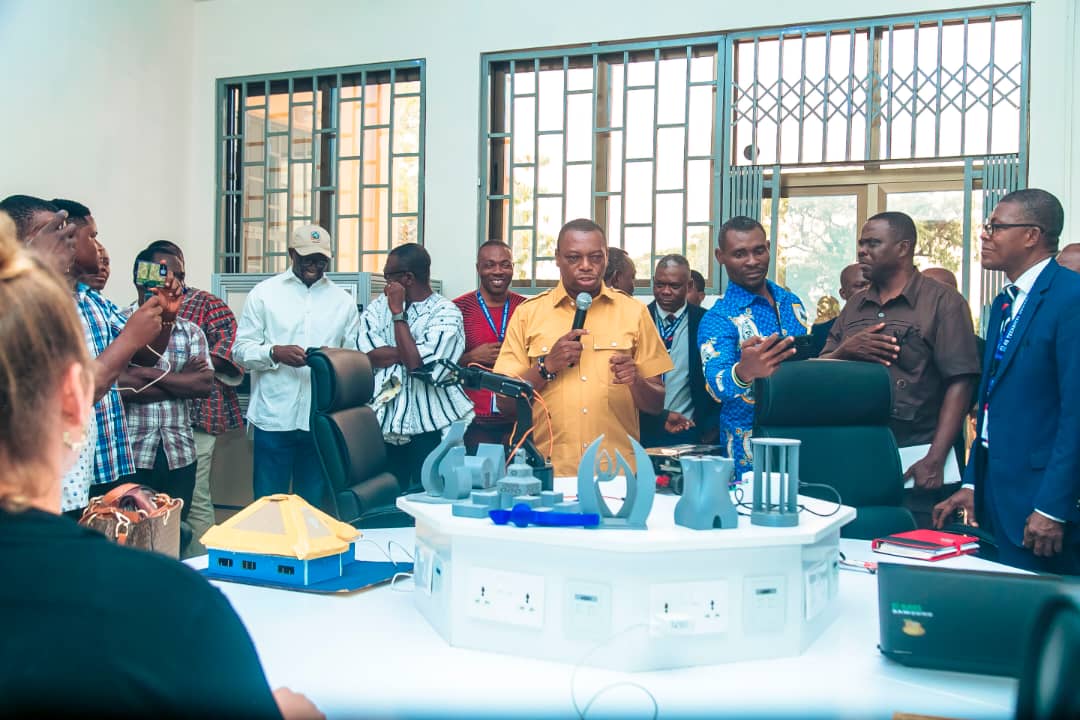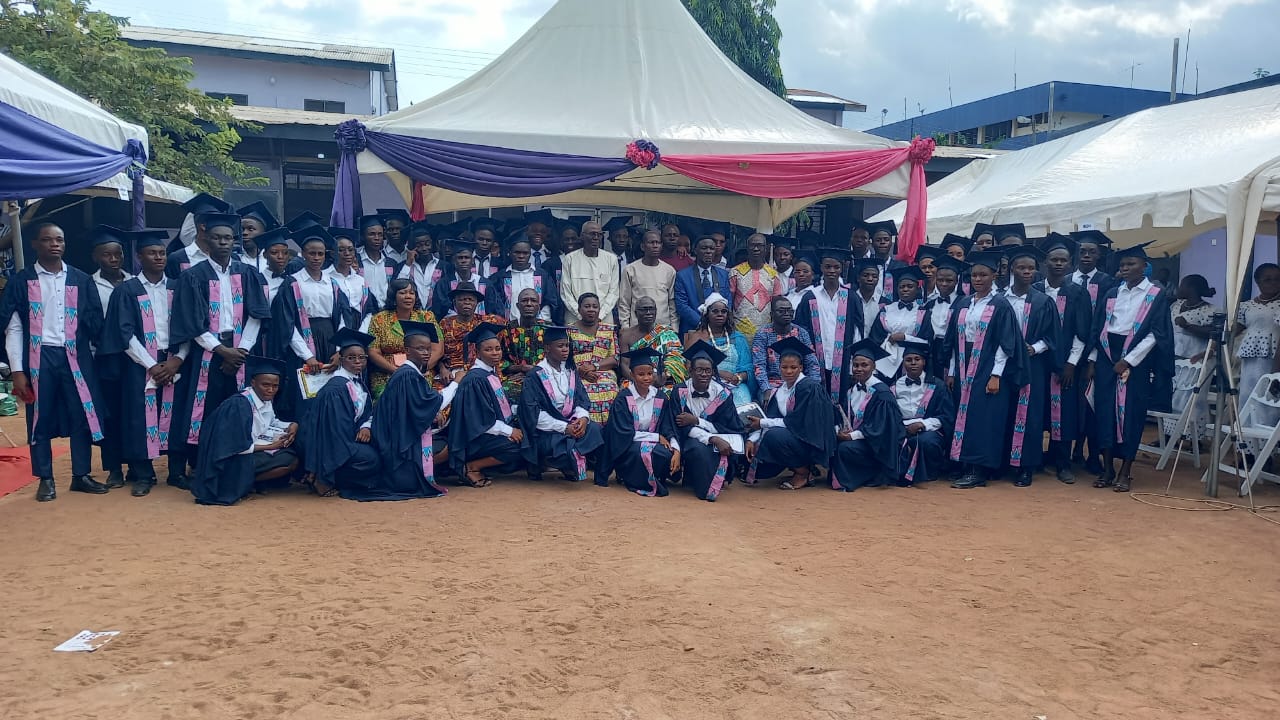- The US Fed cut interest rates by more than expected. So what?
- Southwest Airlines tells staff 'difficult decisions' ahead in push to boost profits
- You can't always refinance a mortgage to capitalize on lower rates: Here's when a lender may say 'no'
- Gold strikes record high as Fed rate cut maintains bullish mood
- Minneapolis Fed President Kashkari sees a slower pace of rate cuts ahead

Extreme polar light environment of the North and South Poles sustains biodiversity, researchers suggest
Researchers working in Finland propose that the unique light environment of the Earth's polar regions creates conditions that result in circumpolar hybrid zones around the North and the South Poles. These extreme conditions increase the synchrony of reproductive phenology among species, i.e., force all species into a smaller window for reproduction. This will sustain biodiversity in the long term.
The length of the Earth's daylight and night is characterized by year-round equal amount of daylight and night at the Equator, minor seasonal variation moving away from the Equator, and substantial seasonality of day length closer to the Poles. In the far North and far South, inside the Arctic and Antarctic circles, this results in the unique months-long phenomena of the "midnight sun" with 24-hour daylight in the summer and the "polar night" of winter, when the sun does not rise above the horizon for months at a time.
"At the center of our theory is the hypothesis that the extreme light environment of the polar regions creates hybrid zones in both polar regions," says Saikkonen.
Researchers Kari Saikkonen and Marjo Helander collect plant samples in Antarctica on King George Island. Credit: Kari Saikkonen

- September 21, 2024
New method developed to relocate misplaced proteins in cells

- September 22, 2024
Adamawa govt. confirms 12 deaths from cholera outbreak

- September 23, 2024
Stakeholders seek digital solutions for agric growth

- September 23, 2024
Artificial intelligence model helps produce clean water

- September 23, 2024
From cauldrons to cardigans—the lurking prejudices behind the name 'Granny'



- September 22, 2024
Flood: WHO presents cholera, malnutrition kits to Borno govt

- September 22, 2024
Ho Technical University’s Fab Lab commissioned

- September 22, 2024
Graduands urged to adapt to change after school

- September 21, 2024
New biosensor illuminates physiological signals in living animals

Subscribe to our mailing list to get the new updates!

Subscribe our newsletter to stay updated
Thank you for subscribing!


